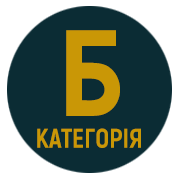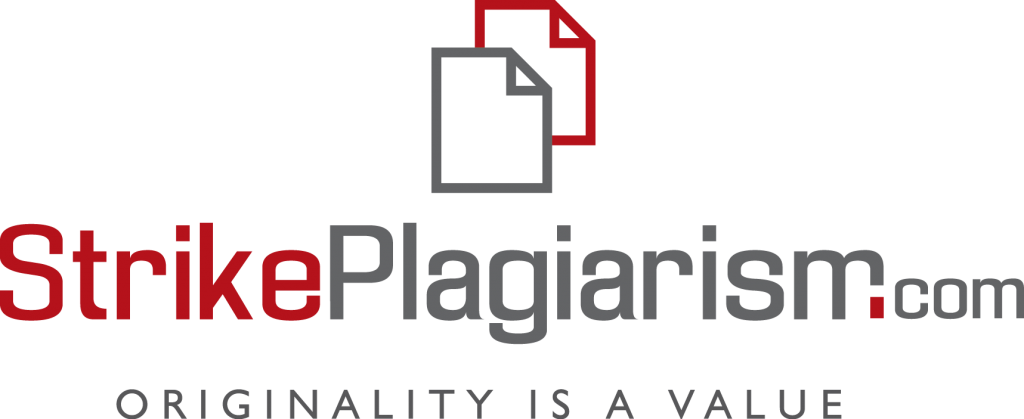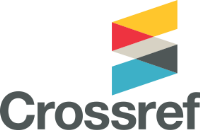INSTRUMENT-ASSISTED SOFT TISSUE MOBILIZATION AS A MEANS OF ATHLETE RECOVERY AFTER INTENSIVE TRAINING TOPICALITY
DOI:
https://doi.org/10.32782/pub.health.2025.1.21Keywords:
sport, massage, rehabilitation, recovery, exercise, instrumental mobilization of soft tissues, IASTM, bladesAbstract
Topicality. The goal of the work is to analyze the role of Instrument-Assisted Soft Tissue Mobilization (IASTM) in the recovery process of athletes after intense physical exertion. Its application is multifaceted and varies depending on specific conditions and the selected type of influence. Massage plays a particularly important role in the field of sports activity, contributing significantly to the acceleration of recovery after intense physical exertion. It is widelyused not only for therapeutic purposes but also as a preventive and preparatory tool to maintain the athlete’s performanceand reduce the risk of injuries.In professional sports, a specialized branch of massage has developed, specifically aimed at solving the particularchallenges that athletes face during training and recovery phases. Of special importance is the application of sportsmassage before competitions or intensive training sessions, as it improves flexibility, reduces the likelihood of injuries, accelerates physiological recovery, and positively influences athletic performance. These factors make sports massage anessential component of comprehensive athlete preparation programs.In this context, the Instrument-Assisted Soft Tissue Mobilization (IASTM) technique has gained widespread use,particularly after intensive physical loads. This approach enhances microcirculation, activates tissue regenerationprocesses, and increases tissue mobility. The use of IASTM enables the therapist to target overstrained soft tissues by inducing controlled microtrauma and localized inflammatory responses, which in turn stimulate regenerative adaptation. This mechanism makes IASTM not only effective for recovery but also as a corrective method in rehabilitation protocols. IASTM has also shown high efficiency in the treatment of myofascial pain syndromes, adhesions in soft tissues, limitedrange of motion, and functional weakness. Its application helps to improve the condition of muscles and ligamentousstructures while restoring the full amplitude of joint movements. One of the important advantages of the method is itsversatility and the ability to integrate it into comprehensive rehabilitation strategies, such as kinesitherapy, manualtherapy, and physiotherapy. This integrative approach makes IASTM a valuable tool in the hands of physical therapistsworking with high-performance athletes. Materials and methods. Analysis of scientific opinions and views of various authors on the effective application ofinstrument-assisted soft tissue mobilization in the recovery of athletes after intense physical exertion.Research results. Instrument-Assisted Soft Tissue Mobilization (IASTM) is an effective method of athlete recovery that involves the use of specialized tools to mechanically affect soft tissues, particularly the fascia – a connective tissue sheath that serves as a framework for muscles. This technique allows for the complete relaxation of one or several muscle groups. The application of IASTM enhances blood circulation, stimulates tissue regeneration, and restores their biomechanical mobility in relation to other anatomical structures. IASTM involves the use of specialized instrumentsthat exert controlled mechanical pressure on the skin, receptors, connective tissue, and deep structures of the soft tissues. Conclusions. Instrument-Assisted Soft Tissue Mobilization is a highly effective method of recovery after intense physicalexertion, optimizing the functional state of the musculoskeletal system, accelerating tissue regeneration, and preventingthe development of chronic pathological conditions. Due to the combination of mechanical action and neurophysiological stimulation, IASTM occupies an important place among modern methods of athlete recovery and rehabilitation after injuries.
References
Лисюк Д. О., Корнійчук Н. М., Солодовник О. В. Медико-біологічні засоби відновлення у спорті. ББК 75.74. 58. 2022 № 64. С. 88.
Жуков О., Фещак К., Спортивний масаж як засіб відновлення спортсменів після інтенсивних навантажень. Актуальні питання сучасного масажу. 2024. № 2 (9). С. 32–38.
Brennan K. L., Allen B. C., Maldonado Y. M. Dry Needling Versus Cortisone Injection in the Treatment of Greater Trochanteric Pain Syndrome: A Noninferiority Randomized Clinical Trial. Journal of Orthopaedic & Sports Physical Therapy. 2017. № 4 (47). C. 232–239.
Горошко В. Міофасціальний больовий синдром шийного відділу у спортсменів-борців: профілактика та відновлення. Клінічна та профілактична медицина. 2022. № 3 (21). С. 42–47.
Григус І. М., Нагорна О. Б. Основи фізичної терапії. Одеса : Олді. 2022.
Федяй І., Іванов С. Інструментальна мобілізація м’яких тканин (iastm), як метод фізичної терапії при міофасціальних больових синдромах (МФБС) у військовослужбовців. Актуальні питання сучасного масажу. 2024. № 2 (9). С. 119–125.
Нестерчук Н. Є., Марчук А. В., Гамма Т. В., Гірак А. М., Небова Н. А. Застосування масажу після спортивних легкоатлетичних травм. Rehabilitation and recreation. 2020. № 6. С. 45–50.








